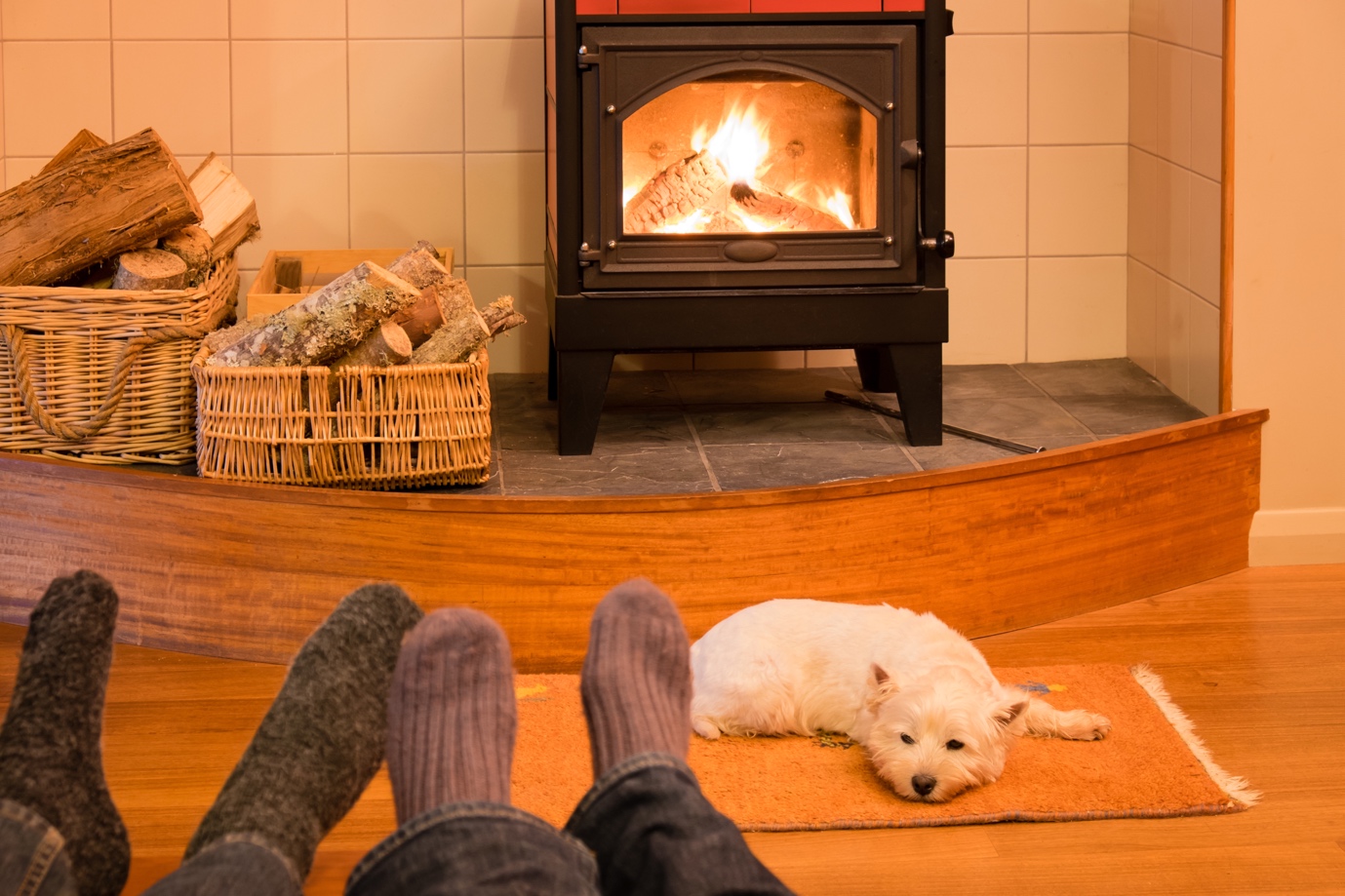SWISS START UP ON A MISSION TO IMPROVE CITY LIVING FOR URBAN POPULATIONS

Three quarters (75%) of adults in Great Britain have said they are worried about the impact of climate change and 32% have cited climate change and pollution as a major issue for the country, making it the second-biggest concern for Great Britain. One young start-up, determined to make a difference and have a real-time impact on the environment and specifically air and noise pollution is SPARROW, an advanced urban environment scanning system.
SPARROW, a start-up established in Switzerland, is committed to developing technology that can map environmental parameters such as air and noise pollution to improve the life of urban populations. SPARROW’S mission is to create a network of autonomously moving and multi-sensor scanners in cities by using the infrastructure of public transport (e.g. taxis, buses) to measure and collect data street-by-street, forming data analysis which can be utilised to improve the quality of city life, and work to eliminate or dilute sources of pollution via simple solutions.
Teamed with the cost of living crisis, concerns about creating a sustainable future are at the forefront of consumers’ minds, as almost half (43%) report feeling anxious about the future of the environment. Whilst there are many ways to reduce carbon emissions such as reducing energy consumption, recycling and switching to an electric car, ways in which to continuously measure in real-time air and noise pollution levels are limited.
SPARROW has designed and built networks of mobile sensors, SPARROW nodes, to collect this sought after environmental data and analysis. SPARROW nodes can be installed on the roof of vehicles that are continuously present throughout the city. Each node has been designed to the highest technology specification and features sensors; PM10, PM 2.5 and PM1 to detect NO2, O3, CO and CO2 gases, noise measurement and recognition, vibration and acceleration measurement, road quality as well as temperature, relative humidity and atmospheric pressure.
Once data is collected, this is then processed and analysed, with historical and current information included for context, and presented in a clear visual format. SPARROW’s innovative nodes and data supply will enable city leaders, governing bodies and politicians to make decisions based on real-time data, insights and knowledge. What’s more, urban residents will have the ability to get real-time pollution data to support with every day decisions such as the best timing for that daily run, which neighbourhoods are noisiest when looking for a new property or finding the least polluted route for a commute to the office.
SPARROW has piloted its nodes in Antwerp, Belgium with successful results. Pilot studies continue in Geneva and the innovative company looks forward to its launch in London in early 2023.
Maxim Interbrick, Co-Founder of SPARROW commented, “By 2050, more than 6 billion people will be living in cities, aggravating health, climate change, mobility and economic challenges. Air pollution is of vital concern around the world but without the correct measurement, it is impossible to not only see the scale of the issue, but develop solutions to reduce and eliminate it. SPARROW features patent pending measurement technology and cloud applications to develop insights from data and respond to ever-changing situations, allocate resources and plan real-time solutions.
We are extremely proud of what we have developed and have proven just how valuable our technology can be in our Antwerp trial. We look forward to trialling our technology and introducing SPARROW to London and more cities to come in the near future.”






